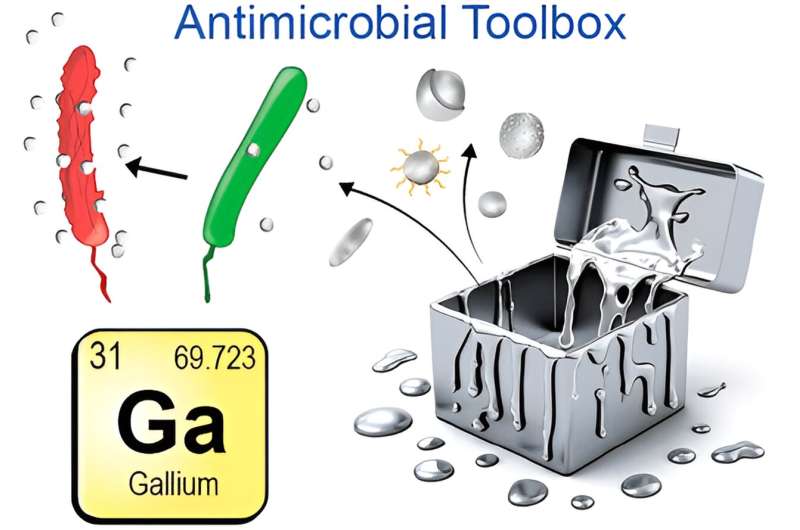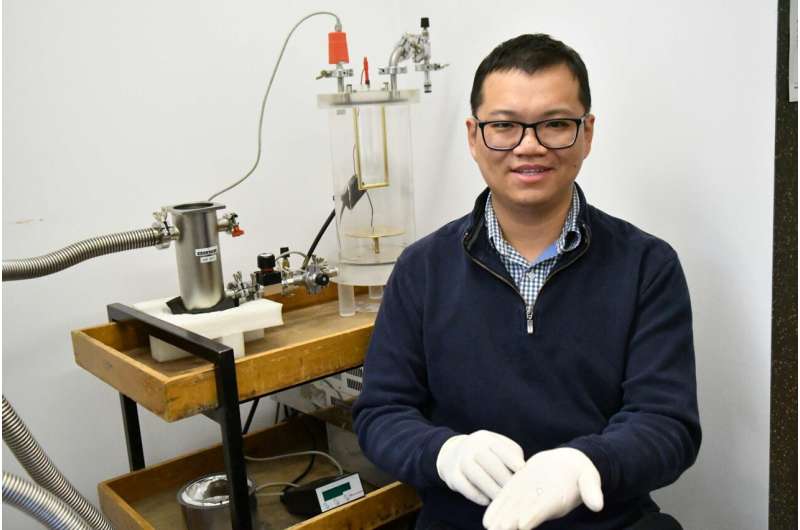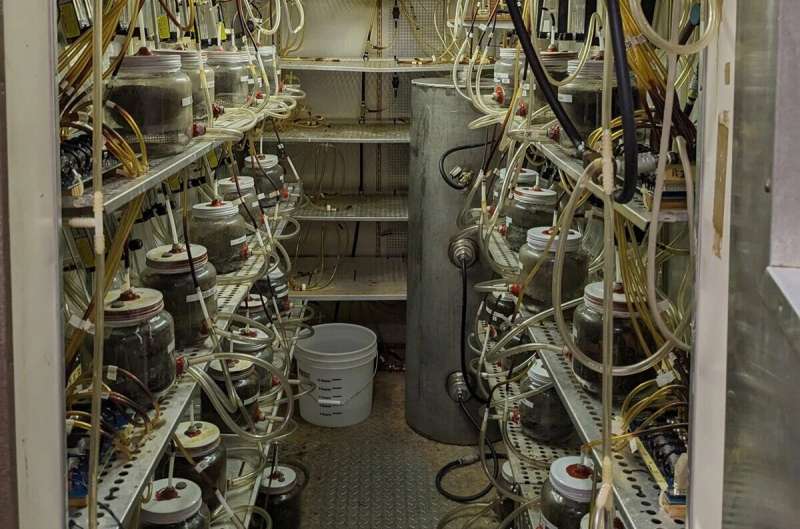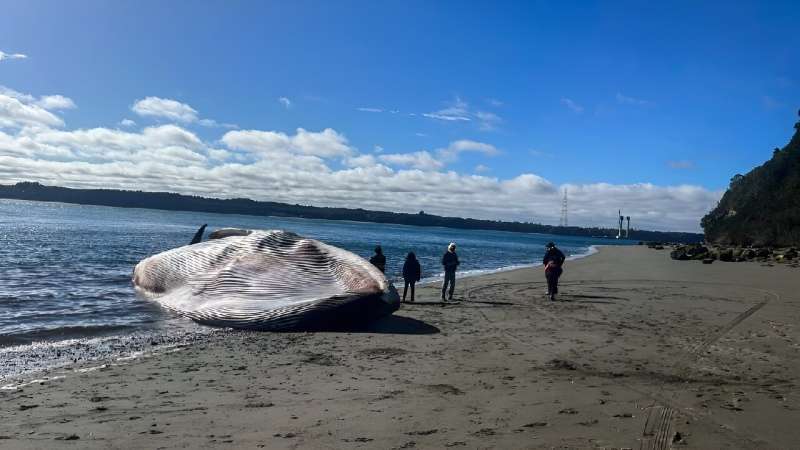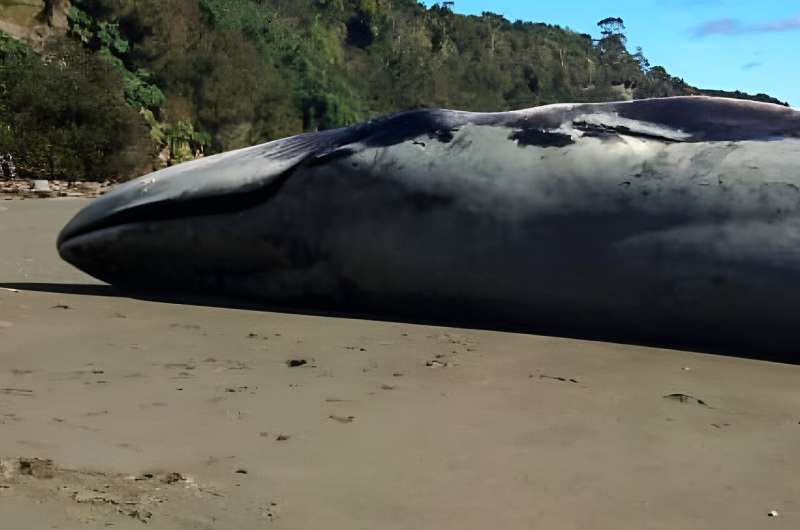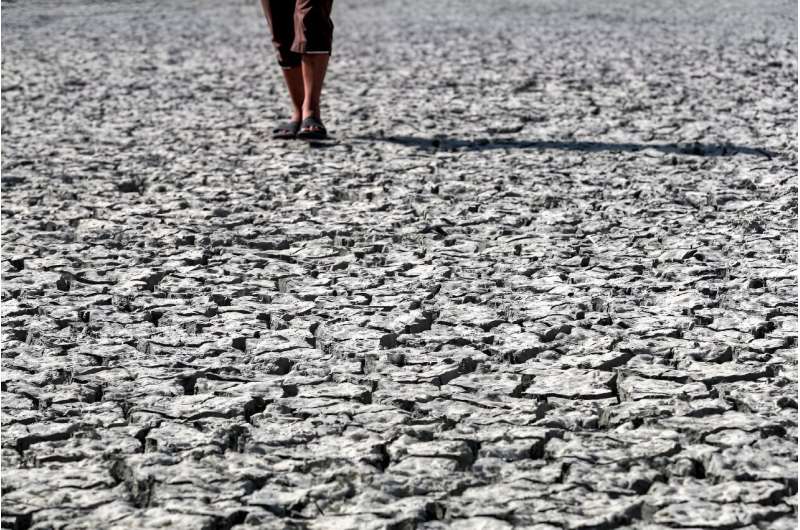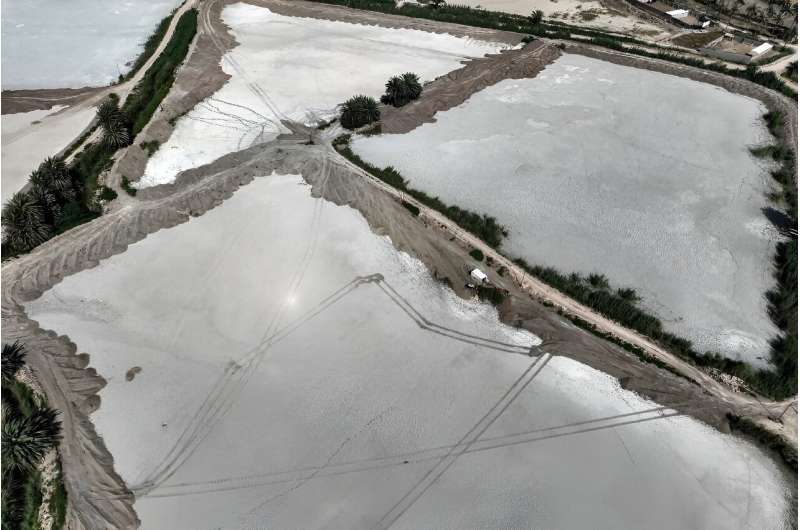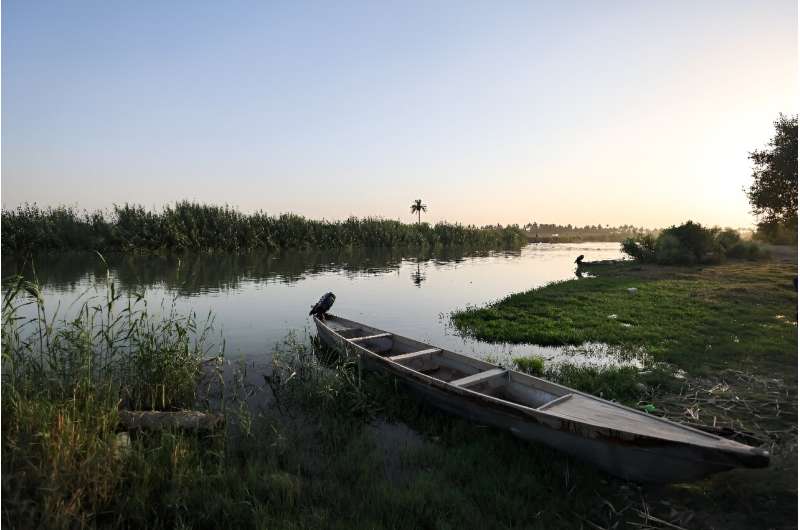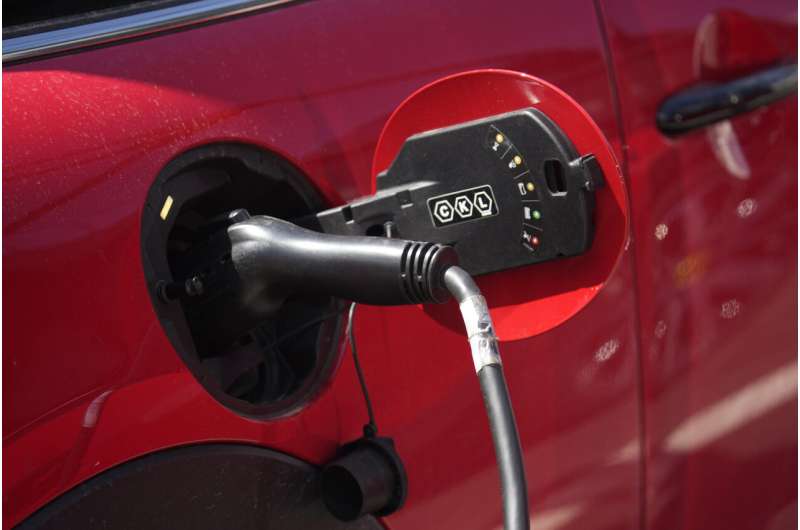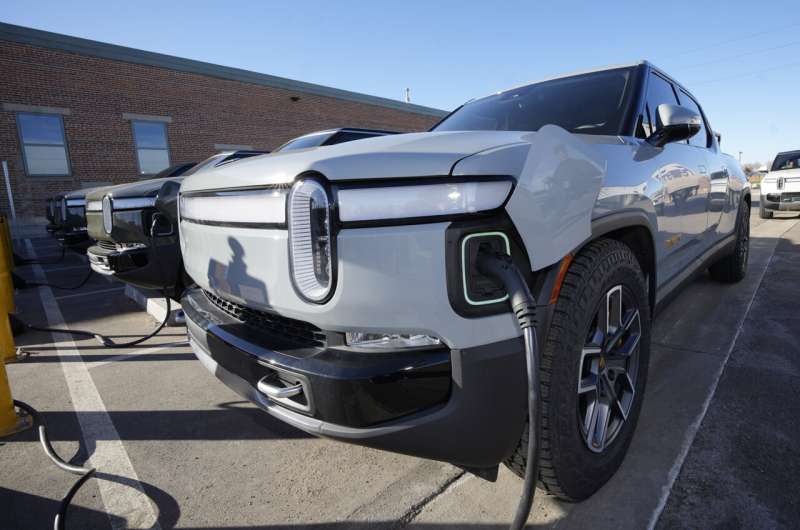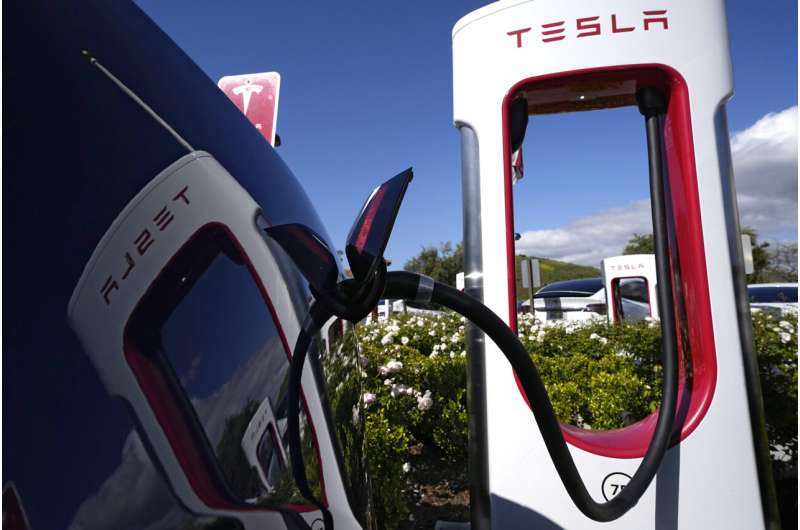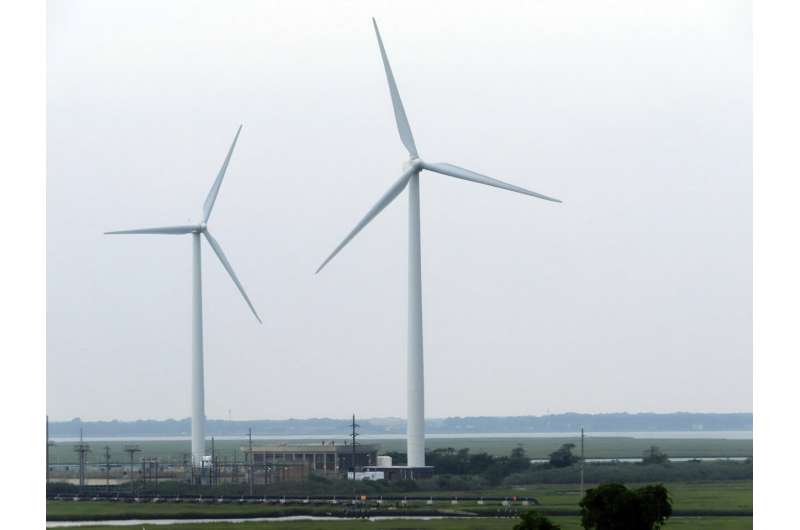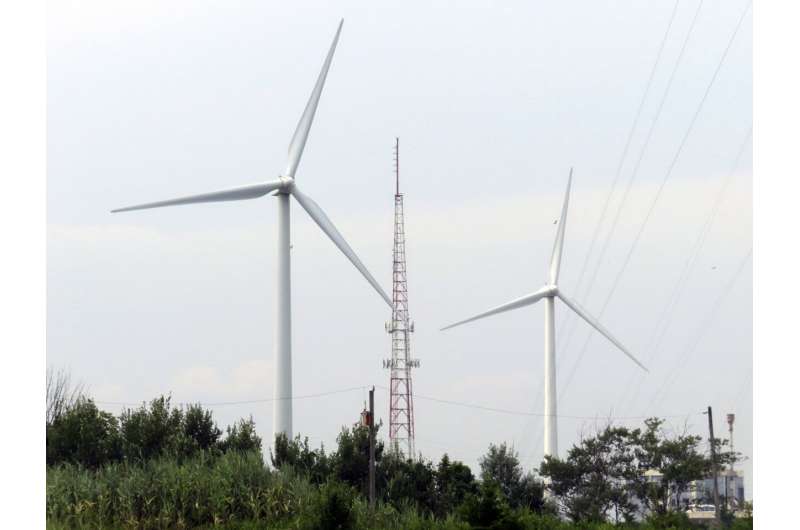About 1 in 3 vertebrate species is used, eaten or traded by humans, study finds

A cheetah pouncing on a gazelle. A bear snatching a fish out of the water with its claws. And the most dangerous predator of them all? A human and their pet bird dancing to Gangnam Style.
Scientists who set out to quantify humanity's impact on our 46,755 fellow species have found that we are the most prolific exploiters of animals—by far.
Compared to wild predators that have roughly the same body size as us and have similar appetites, we capture or kill nearly 100 times as many vertebrate species, on average.
Orcas, for instance, have a range that's similar to ours, along with comparable social behaviors. Yet of the 121 types of vertebrates eaten by the so-called killer whales, humans also consume 83 of them—along with 10,337 others in the ocean alone.
The situation is similar on land. Jaguars, the most fearsome cats of the Americas, eat nine different types of prey. Humans use all nine of those same species, plus 2,698 others that live in the territory where jaguars and people overlap.
"This is a clear look at who we are as a species and what we are doing," said Boris Worm, a marine conservation biologist at Dalhousie University in Canada and the study's senior author. "It gives you a sense for how unusual of a species humans are."
Unlike other animals, humans have developed a wide array of skills that allow us to survive in a variety of of environments. As a result, humans have access to a wider range of animal species than is typical for large vertebrates.
Another reason for our outsized degree of mayhem is that we don't just consume other species for food. We also use them to make clothing, produce traditional medicines, create souvenir trinkets and keep us company, among other things.
To understand the ways in which humans exploit other animals, Worm and his colleagues analyzed data from the International Union for Conservation of Nature, an organization that keeps track of wildlife species across the globe and how well their populations are faring. Each species is listed with its geographic range and preferred habitat, along with threats to themselves and the places where they live.
That allowed the researchers to identify all 14,663 of the species exploited by humans, and how they were used.
It turned out that only around 55% of our victim species are killed for food, most of them other mammals and fish. (Only wild animals were included with in the analysis, so livestock like chickens and cows didn't count.)
In addition, about 55% of exploited species are kept as pets, and another 8% or so— primarily birds, reptiles and amphibians—are used to make products. (The percentages add up to more than 100% because some species are used in multiple ways, the study authors said.)
"Humanity has grossly overshot its role as a predator," said study leader Chris Darimont, an ecologist and conservationist at the University of Victoria.
"Our pre-industrial ancestors may have engaged in sustainable harvesting behavior," Darimont said. But the fact that modern humans exploit nearly one-third of all living vertebrate species—and use so many for nonfood purposes—is an indisputable sign that we are out of balance from the natural world, he added.
In fact, after combing through the IUCN data, the researchers found that 13% of the species we exploit are either vulnerable, endangered or critically endangered. That figure was much higher than Worm said he expected to find.
The results were published last month in the journal Communications Biology.
This study is the first to focus on the direct impacts of human predation on other species. Reducing the use of other animals would be more sustainable for the planet as a whole, Darimont said.
Robbie Burger, a macroecologist at the University of Kentucky who was not involved in the study, said that although the IUCN has the most data on biodiversity, it doesn't account for all the ways humans encroach on other species.
The entertainment industry, social media and celebrity culture are all big drivers in nonfood uses of other species. For instance, when the Harry Potter book series became an international sensation, it fueled the illegal owl trade in countries such as India and Indonesia. Researchers believe the fictional mail-delivering owls prompted interest in having owls as house pets, leading to an increase in their removal from the wild.
"Humans are clearly a cultural species," Burger said, and "collections for pets, trophies and medicines are clearly products of culture."
Darimont agreed that the study doesn't capture all of the indirect effects of human activity on wildlife, such as habitat removal and introductions of invasive species. Taken together, these are even more damaging to other species than our direct animal exploitation, he said.
But in Worm's view, the study's bleak findings come with a silver lining.
"This study is giving us the tools to prioritize species conservation and change our practices," he said, adding that he hopes these results will encourage people to think twice about how they use other animals.
More information: Chris T. Darimont et al, Humanity's diverse predatory niche and its ecological consequences, Communications Biology (2023). DOI: 10.1038/s42003-023-04940-w
Journal information: Communications Biology
2023 Los Angeles Times.
Distributed by Tribune Content Agency, LLC.Humans found to prey on approximately one-third of all vertebrate species
